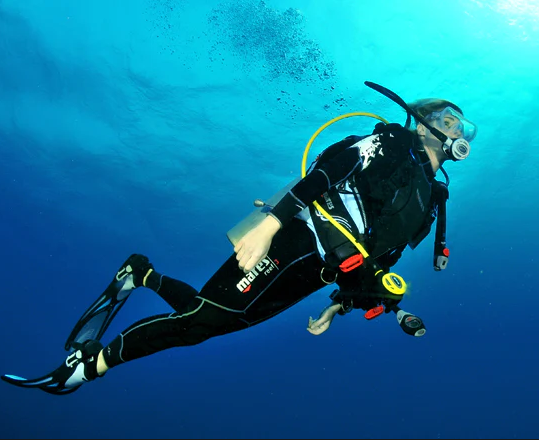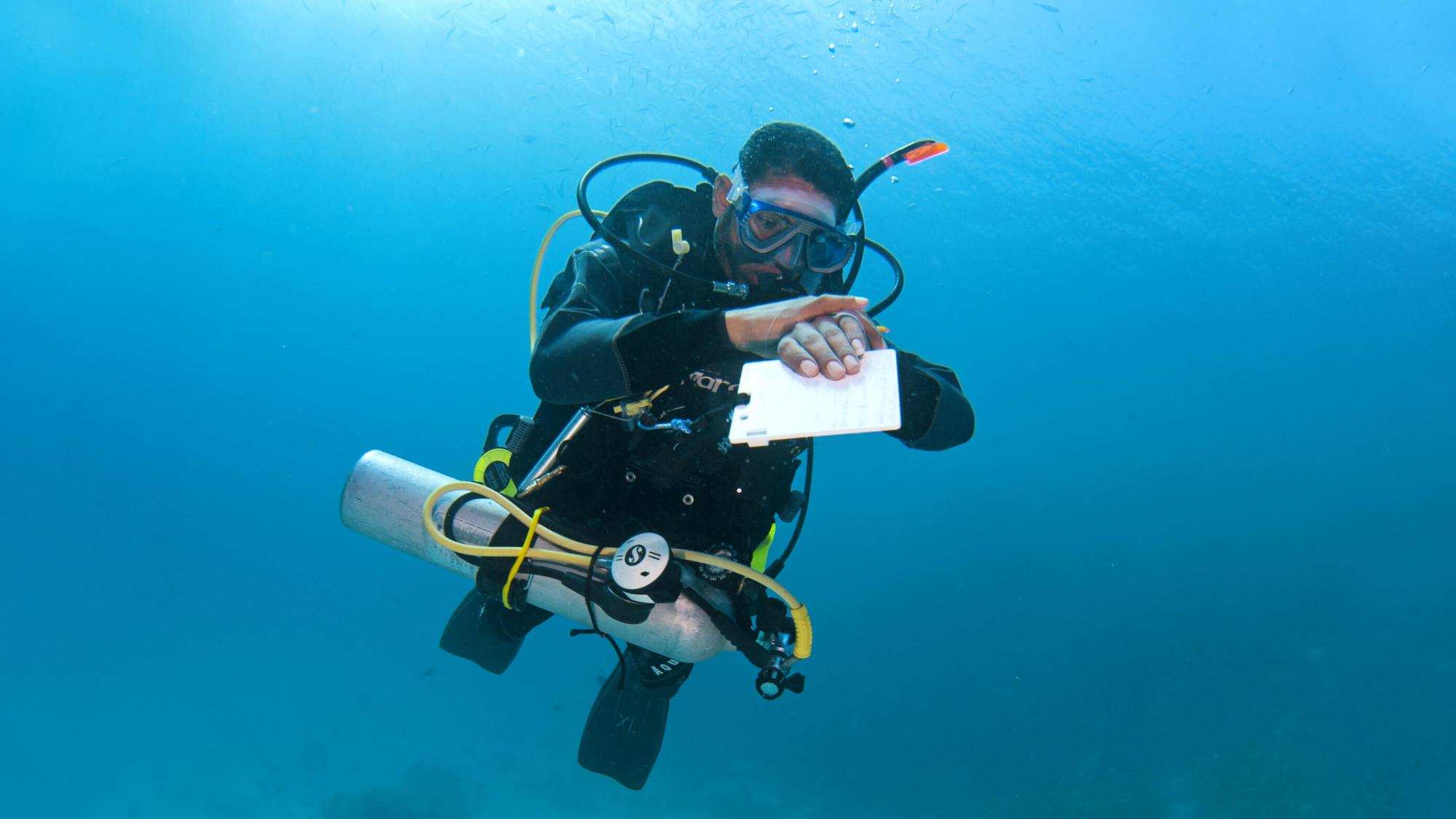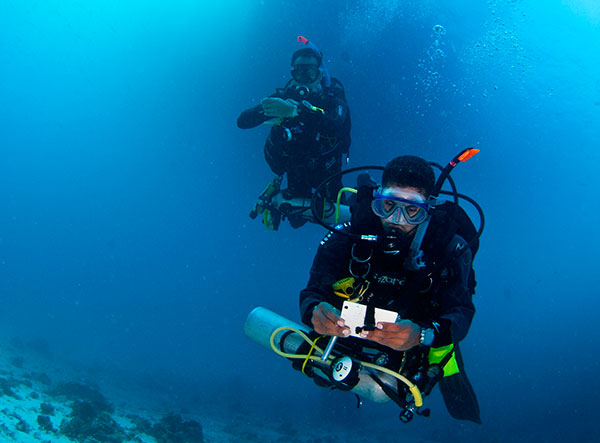


The PADI Self Reliant Diver course is an introduction to self-reliant diving that helps student divers develop the skills, knowledge and techniques necessary to rely on themselves first (whether or not they are diving with a partner) including:
Prerequisites
INSTRUCTORS AND DIVEMASTERS
PHOTOGRAPHERS AND VIDEOGRAPHERS
TRAVELLING DIVERS
WRECK DIVERS
TecRec DIVERS
Standard diver equipment, at a minimum STANDARD DIVER EQUIPMENT
Fins, mask, snorkel, compressed gas cylinder and valve, buoyancy control device and low pressure inflator, primary
regulator and alternate air source, breathing gas and depth monitoring device(s),
quick release weight system and weights (if needed), adequate exposure protection,
at least one audible surface signaling device and dive computer or RDP.
Surface marker buoy
a. Delayed Surface Marker Buoy (DSMB) with at least 30 metres/100 feet of line
b. Lift bag with at least 30 metres/100 feet of line
Redundant air sources
a. Pony cylinder
b. Twin cylinders with isolation valve
c. Bailout cylinder
d. Sidemount confi guration
Redundant surface signaling devices (both visual and audible)
Redundant depth gauge and bottom timer or dive computer
Other equipment
a. Two knives/cutting tools as permitted locally
b. Back-up mask (recommended)
c. Slate and pencil
Customers Who Viewed This Item Also Viewed